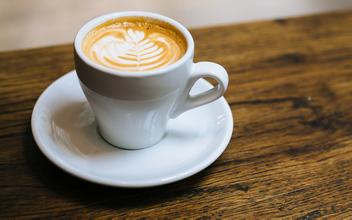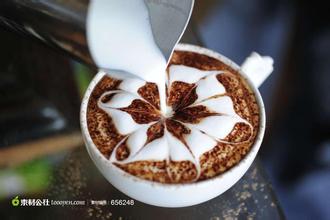Coffee cherry sun processing process-honey treatment coffee bean sun washing
Coffee cherry sun processing process-honey treatment coffee bean sun washing
Processing: first remove the skin with water, and then go to the sun. This is a relatively new and rare method. This method is only suitable for specific areas of some countries, with a long drying period. The coffee produced by this method is sticky, and the mucus is not removed as it is fermented in the tank. Therefore, the coffee produced by this semi-washing method contains the characteristics of both washing and drying. The acidity, sweetness, seasoning, and flavor of this coffee are all quite good; the disadvantage is that the coffee taste is not as strong as coffee produced by pure drying or washing, including coffee cherries that are just ripe, or overripe, and immature, all mixed together. If these coffee cherries are not treated separately, the quality of the coffee beans is really unpalatable, because it is mixed with a lot of bad-tasting impurities. So these coffee cherries should be washed and placed in a large trough full of water for preliminary classification. The best coffee has a high density, so it sinks into the water. On the other hand, overripe coffee cherries will surface and can be easily classified. Remove the pulp from the outer layer of the coffee cherry and then soak it in a large sink filled with water. After fermentation, the water-washed coffee will have a distinctive and clear flavor. The fermented coffee beans are washed with clean water, then removed from the water and dried in the sun or machine. Finally, the peel and silver peel are removed by a sheller, which can be screened and divided into different grades of raw coffee beans, which are washed in Hawaii and other places. Most of the coffee produced in countries including Brazil, Ethiopia and Indonesia is dried. The selection and grading of coffee depends on the particle size and concentration of beans, as well as how many defective beans are in a pound of beans. Like the best wine, the careful handling and selection of professional coffee in the production process can be seen in the quality of the beans, because the product will have a unique representation, which represents the origin, climate and growers. The water content of each fruit will drop to about 12%, when the fruit is dry. In Brazil, coffee beans at this stage are given a confusing name: coco. At this time, its skin turns dark brown and fragile, and coffee beans can be heard cackling in the shell. The process requires more technology than it seems. Because coffee beans can be overdried, if this happens, they can easily be damaged at the next stage, when they are shelled. On the other hand, coffee beans that are not sufficiently dried are also vulnerable.

Important Notice :
前街咖啡 FrontStreet Coffee has moved to new addredd:
FrontStreet Coffee Address: 315,Donghua East Road,GuangZhou
Tel:020 38364473
- Prev

Processing method of Flower Butterfly single Coffee Flavor description, Grinding scale and taste characteristics
Flower butterfly coffee flavor description grinding scale taste characteristics of the first step, smell the dry aroma of coffee Fragrance: put the freshly ground coffee powder close to the mouth and nose, you will feel the dry aroma of different coffee from different coffee producing areas. For example, in Latin American coffee, you will smell something similar to nuts and dark chocolate, while coffee in Africa has more flowers.
- Next

How to use used coffee powder in a ten Delong coffee machine to make coffee.
How to use used coffee powder in a ten Delong coffee machine to make coffee. 1. Remove the lid of the bean box of the coffee machine, put the right amount of coffee beans into the bean box, and fill the bean box to 80% full. 2. Take out the water tank in the machine, fill it with 3x4 water, then put the water tank back into the machine, gently press the water tank facing the automatic opening valve, and then cover the water tank.
Related
- What brand of black coffee is the most authentic and delicious? what are the characteristics of the flavor of the authentic Rose Summer Black Coffee?
- Introduction to the principle and characteristics of the correct use of mocha pot A detailed course of mocha pot brewing coffee is described in five steps.
- Which is better, decaf or regular coffee? how is decaf made?
- How much is a bag of four cat coffee?
- How about four Cat Coffee or Nestle Coffee? why is it a cheap scam?
- Which is better, Yunnan four Cats Coffee or Nestle Coffee? How about cat coffee? is it a fake scam? why is it so cheap?
- How about Cat Coffee? what grade is a hoax? which instant coffee tastes better, four Cat Coffee, Nestle Coffee or G7 coffee?
- Process flow chart of coffee making-Starbucks coffee making process what coffee tastes good at Starbucks
- The top ten best coffee beans in the world Rose summer coffee or Tanzanian coffee tastes good
- Yunnan four cat coffee is good to drink?_four cat coffee is a big brand? four cat blue mountain coffee is fake?

